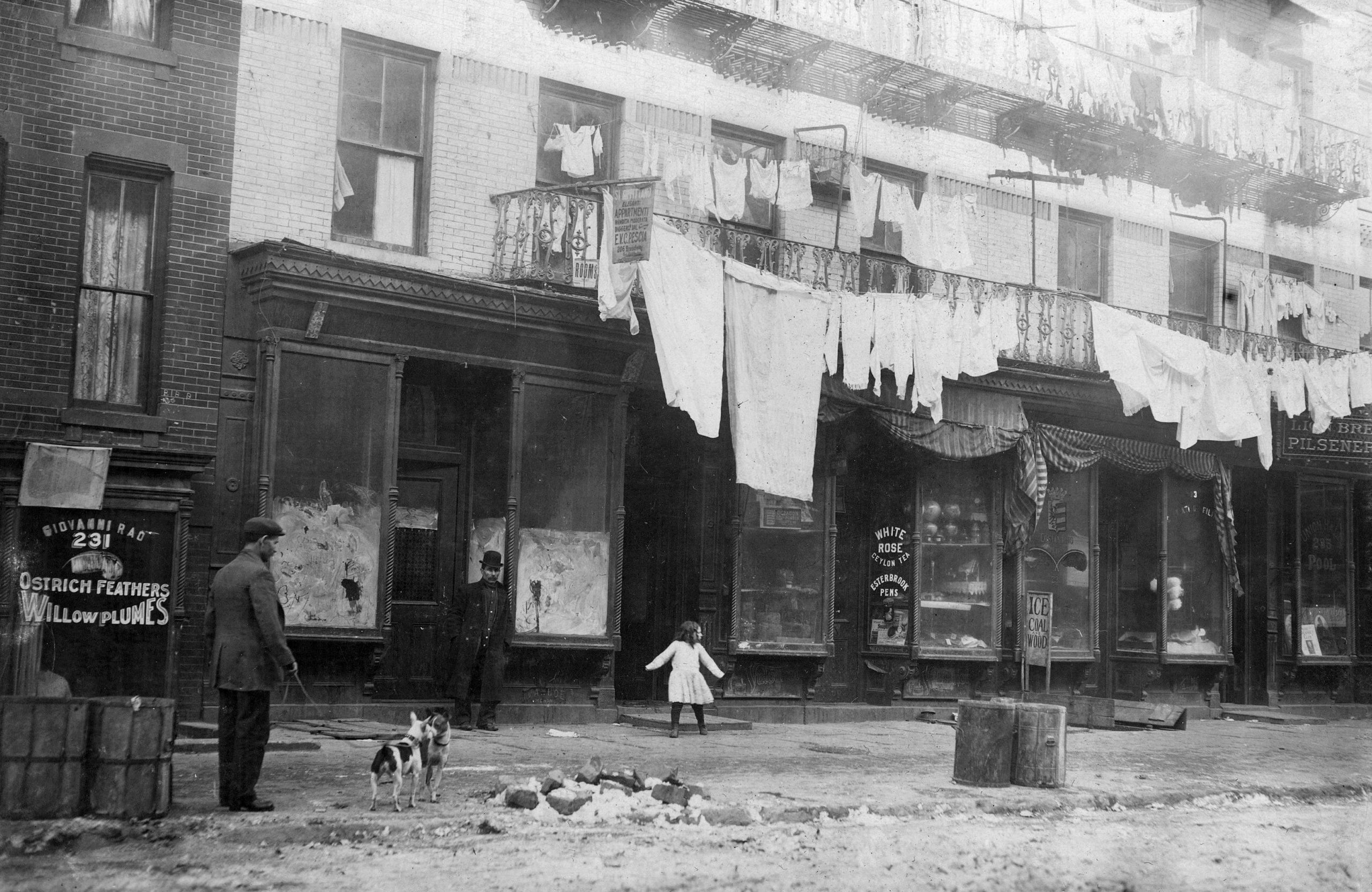
Visitors to a great city like New York can easily be misled into thinking that such places have a population only of affluent inhabitants. However, just to the north of Central Park in Manhattan lies the district of Harlem (see Figure 1) — an area that conjures up thoughts of high crime rates, poverty and deprivation. Many of these problems still afflict the neighbourhood despite attempts to eradicate them, but there are signs that the area is altering, with new construction projects taking shape. In 2001 former president Bill Clinton took office space in Harlem, illustrating how the area is changing.
There are a variety of reasons why neighbourhoods become deprived:
Your organisation does not have access to this article.
Sign up today to give your students the edge they need to achieve their best grades with subject expertise
Subscribe




